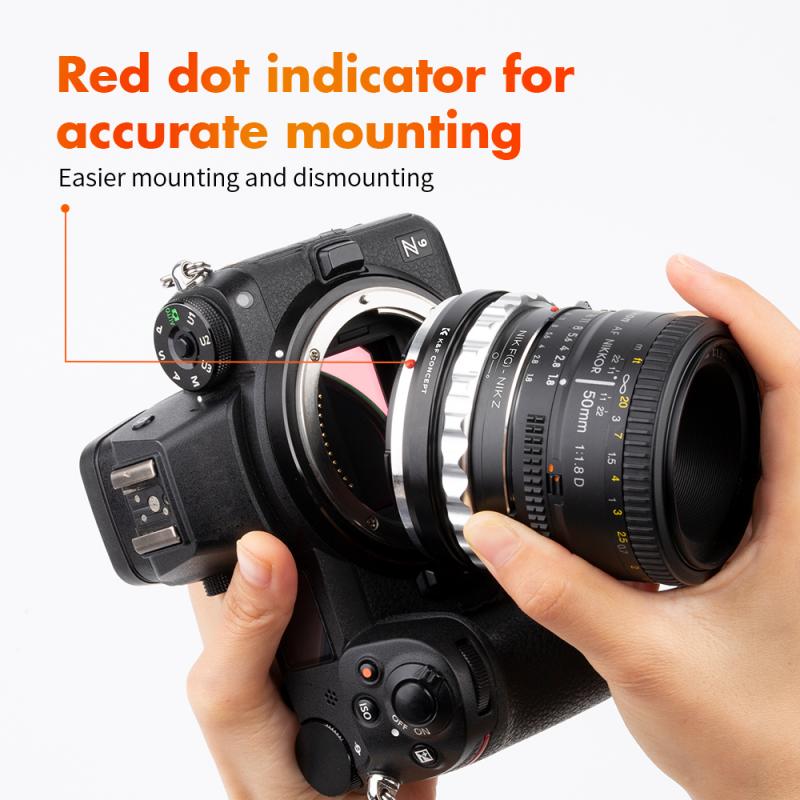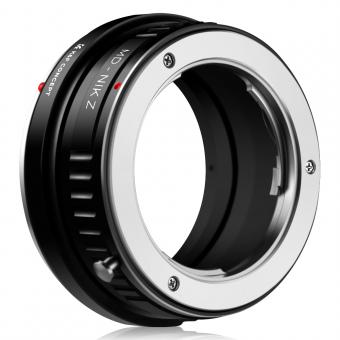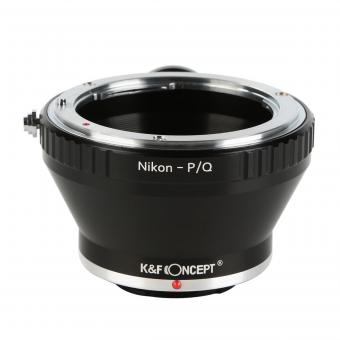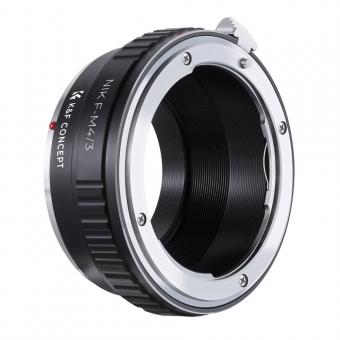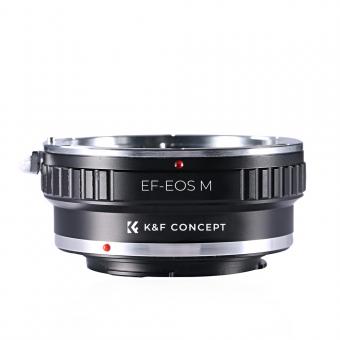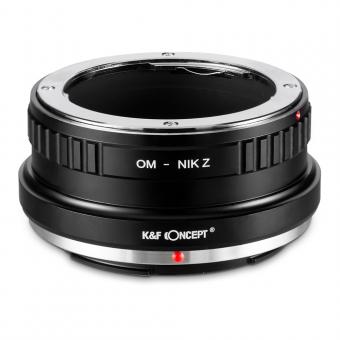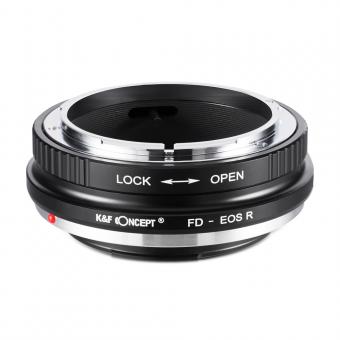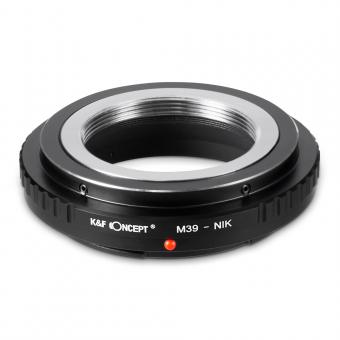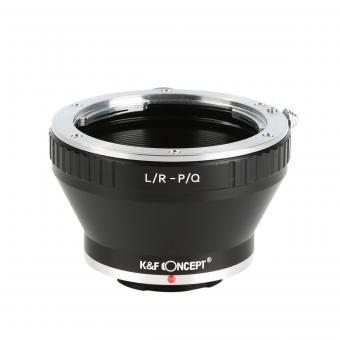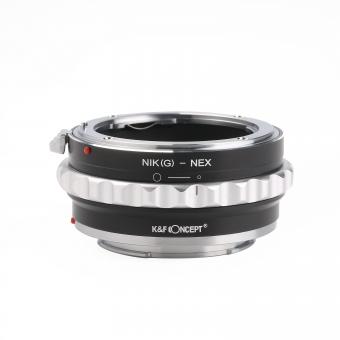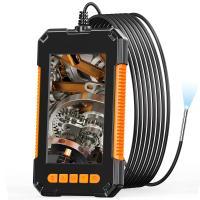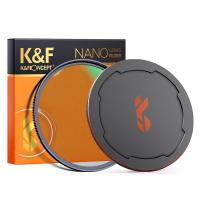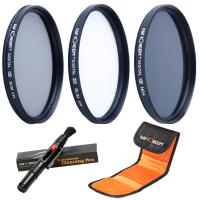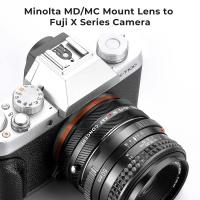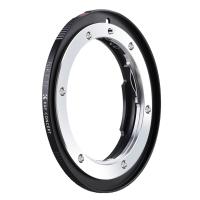What Are Nikon F Mount Lenses ?
Nikon F mount lenses are a type of interchangeable lens system used by Nikon cameras. The F mount was introduced by Nikon in 1959 and has since become the standard lens mount for Nikon's SLR and DSLR cameras. F mount lenses are designed to be compatible with Nikon cameras that feature the F mount, allowing photographers to easily attach and detach lenses as needed. These lenses come in a variety of focal lengths and aperture ranges, catering to different photography needs such as wide-angle, telephoto, and macro photography. Nikon F mount lenses are known for their high optical quality and durability, making them a popular choice among professional and amateur photographers alike.
1、 Overview of Nikon F Mount Lenses
Nikon F mount lenses are a type of interchangeable lens system used by Nikon cameras. The F mount was introduced by Nikon in 1959 and has since become one of the most widely used lens mounts in the photography industry. It is compatible with both Nikon film and digital SLR cameras.
The F mount lenses are known for their high-quality optics and versatility. They come in a wide range of focal lengths, from ultra-wide-angle to super-telephoto, allowing photographers to capture a variety of subjects and scenes. Nikon offers a vast selection of F mount lenses, including prime lenses, zoom lenses, and specialty lenses such as macro and fisheye lenses.
One of the key advantages of Nikon F mount lenses is their compatibility with a wide range of Nikon cameras. This means that photographers can invest in a collection of lenses and continue to use them even if they upgrade their camera body. Additionally, many third-party lens manufacturers also produce lenses with the F mount, further expanding the options available to photographers.
In recent years, Nikon has introduced several advancements in their F mount lens lineup. This includes the incorporation of advanced optical technologies such as Nano Crystal Coat and Extra-low Dispersion (ED) glass elements, which help to minimize lens flare and chromatic aberrations, resulting in sharper and more accurate images.
Furthermore, Nikon has also introduced lenses with built-in image stabilization, allowing photographers to capture sharper images in low-light conditions or when using longer focal lengths. Additionally, some F mount lenses now feature electromagnetic diaphragms, which provide more precise and consistent aperture control.
Overall, Nikon F mount lenses offer photographers a wide range of options and capabilities, making them a popular choice for both amateurs and professionals alike.
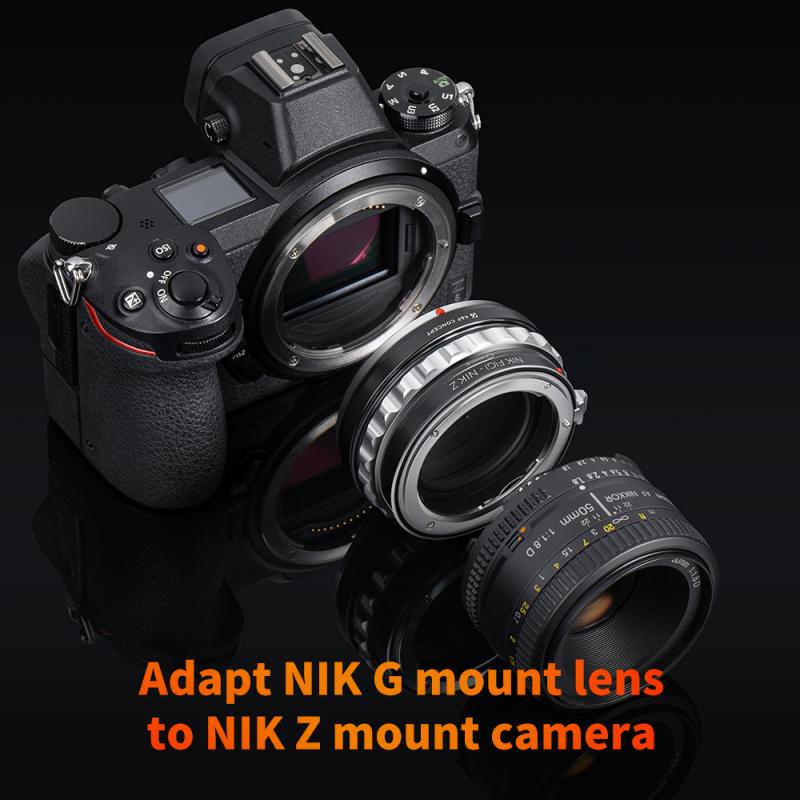
2、 Types of Nikon F Mount Lenses
Nikon F mount lenses are a type of interchangeable lens system designed specifically for Nikon cameras. The F mount has been in use since 1959 and has become one of the most popular lens mounts in the photography industry. It is used by both professional photographers and enthusiasts alike.
Nikon F mount lenses are known for their high-quality optics and wide range of focal lengths, allowing photographers to capture a variety of subjects with precision and clarity. These lenses are compatible with Nikon DSLR cameras, as well as some mirrorless cameras with the use of an adapter.
There are various types of Nikon F mount lenses available, catering to different photography needs. These include prime lenses, which have a fixed focal length and are known for their sharpness and wide aperture capabilities. Zoom lenses, on the other hand, offer a variable focal length, allowing photographers to zoom in and out to capture different perspectives.
Nikon also offers a range of specialty lenses, such as macro lenses for close-up photography, telephoto lenses for capturing distant subjects, and wide-angle lenses for expansive landscapes. Additionally, there are lenses with image stabilization technology to reduce camera shake and improve image quality.
In recent years, Nikon has introduced newer lens technologies, such as the Silent Wave Motor (SWM) for fast and quiet autofocus, as well as the Nano Crystal Coat to reduce lens flare and ghosting. These advancements have further enhanced the performance and versatility of Nikon F mount lenses.
Overall, Nikon F mount lenses are highly regarded for their optical quality, durability, and compatibility with a wide range of Nikon cameras. They continue to be a popular choice among photographers, offering a vast selection of lenses to suit various shooting styles and preferences.
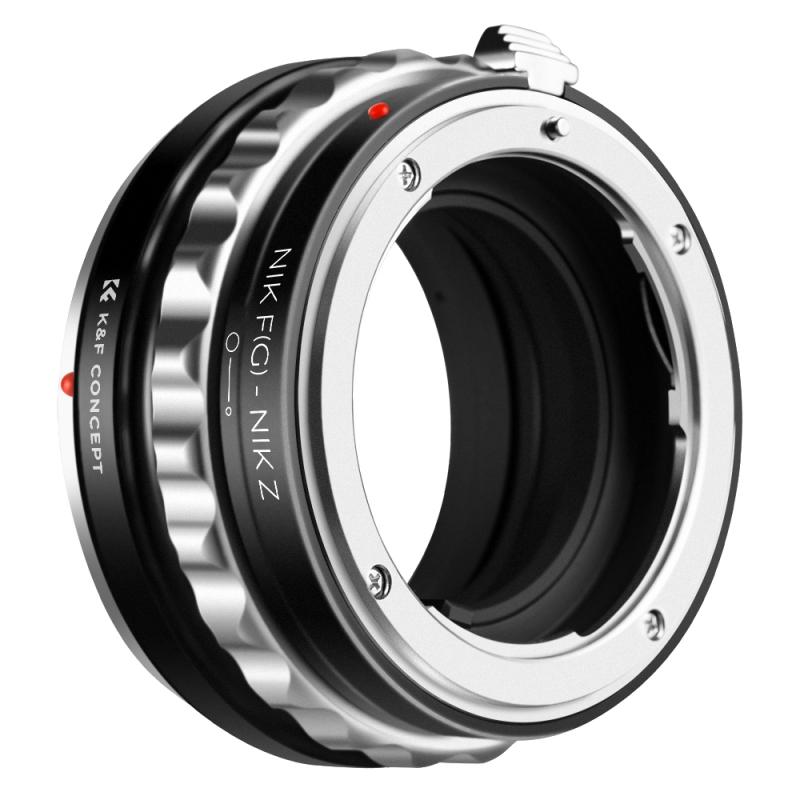
3、 Compatibility of Nikon F Mount Lenses
Nikon F mount lenses are a type of lens that is compatible with Nikon cameras that use the F mount system. The F mount is a lens mount developed by Nikon for their 35mm film SLR cameras and has been used since the late 1950s. It is still in use today for Nikon's digital SLR cameras.
Nikon F mount lenses are known for their high quality and versatility. They come in a wide range of focal lengths, from wide-angle to telephoto, and are available in both prime and zoom options. These lenses are designed to fit securely onto Nikon cameras, providing a seamless connection between the lens and the camera body.
One of the key advantages of Nikon F mount lenses is their compatibility. Nikon has maintained backward compatibility with their F mount system, meaning that lenses from older Nikon film cameras can still be used on the latest digital SLR cameras. This is a significant advantage for photographers who have invested in Nikon lenses over the years, as they can continue to use their existing lenses without having to purchase new ones.
In recent years, Nikon has also introduced new technologies and features to their F mount lenses. For example, they have incorporated autofocus motors into some lenses, allowing for faster and more accurate autofocus performance. They have also introduced vibration reduction technology, which helps to reduce camera shake and produce sharper images.
Overall, Nikon F mount lenses are highly regarded for their compatibility, quality, and range of options. They offer photographers a wide range of creative possibilities and the ability to use their lenses across different generations of Nikon cameras.
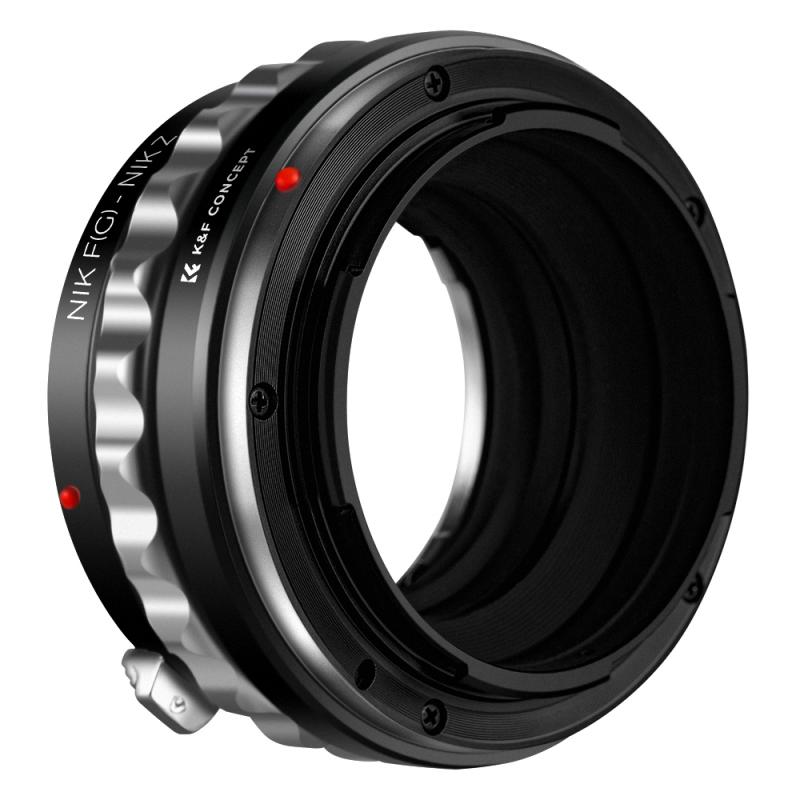
4、 Features and Specifications of Nikon F Mount Lenses
Nikon F mount lenses are a type of interchangeable lens system used by Nikon cameras. The F mount has been in existence since 1959 and has become one of the most widely used lens mounts in the photography industry. It is compatible with both Nikon film and digital SLR cameras.
One of the key features of Nikon F mount lenses is their versatility. They come in a wide range of focal lengths, from ultra-wide-angle to super-telephoto, allowing photographers to capture a variety of subjects and scenes. Additionally, Nikon F mount lenses are known for their high optical quality, delivering sharp and detailed images.
Nikon F mount lenses also offer a range of advanced features and technologies. Many lenses feature Nikon's Silent Wave Motor (SWM) technology, which provides fast and quiet autofocus performance. This is particularly useful for capturing fast-moving subjects or shooting in quiet environments. Additionally, some lenses are equipped with Vibration Reduction (VR) technology, which helps to reduce camera shake and produce sharper images, especially when shooting handheld or in low-light conditions.
Another advantage of Nikon F mount lenses is their compatibility with a wide range of Nikon cameras. Whether you own an older film camera or the latest digital SLR, you can use the same lenses across different camera bodies, making it easy to upgrade your camera without having to invest in a new set of lenses.
In recent years, Nikon has also introduced a new line of F mount lenses specifically designed for its mirrorless cameras. These lenses, known as Z mount lenses, offer even greater optical performance and are optimized for the mirrorless camera system.
Overall, Nikon F mount lenses are highly regarded for their quality, versatility, and compatibility. They continue to be a popular choice among professional and amateur photographers alike, offering a wide range of options to suit different shooting styles and preferences.
